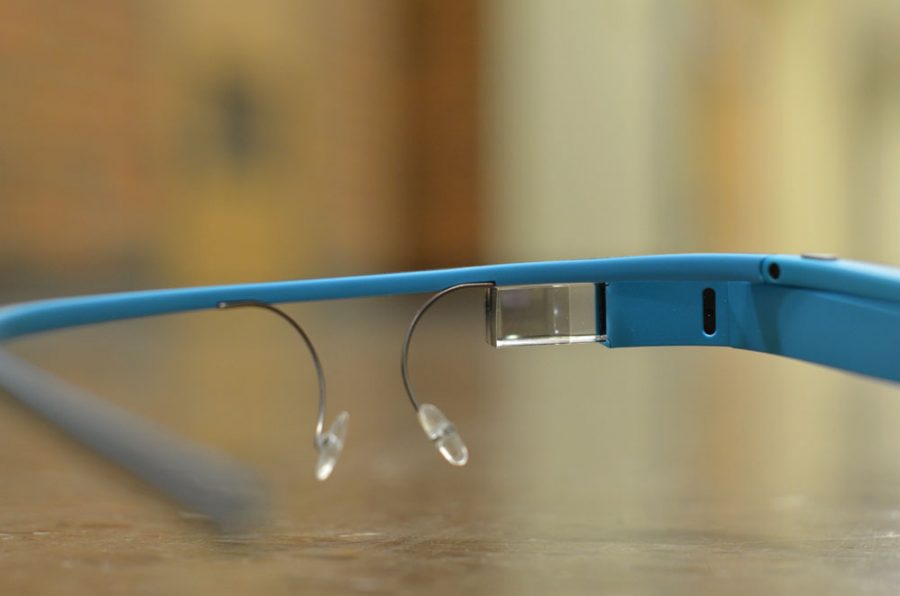While Google shocked the technological world Jan. 15 by announcing that production of Google Glass Explorer Edition was ending, a little-known San Francisco-based company is catching the eye of developers.
By the end of 2015, the Osterhout Design Group will release their line of consumer-friendly augmented reality glasses that will cost less than $1,000 and make a one-way viewing experience, meaning no one other than the viewer can see projections on the AR glasses.
But before consumers upgrade to the ODG — and also as an odd sort of farewell to the Google Glass Explorer Edition — the capabilities and functions of AR glasses should be discussed.
Essentially a computer condensed into the shape of eyeglasses, AR glasses allow users to go hands-free with their search for information. While all basic AR glasses can retrieve information from an internal or external source, such as a cell phone, some more advanced glasses like the Google Glass have cameras, GPS capabilities and access to Wi-Fi.
“On the consumer side, I think it’s under-developed in terms of what need it’s fulfilling. The hardware they put into this initial version was made to look nice which is important if you’re wearing it on your face, but also it doesn’t really have the strength to do any really innovative applications for the consumer,” computer engineering major at the University of Missouri-Columbia and RBHS alumni John Gillis said. “On the flip side, from a research standpoint, I think it is under-appreciated. The ability and the price point, research wise — it’s great. You want a hands-free device that you can see through the screen. It’s transparent, it has a camera, it has all the sensors that you want.”
Gillis is part of a research team at the University of Missouri-Columbia that is revolutionizing a new system in the procedures triage doctors use in times of disaster.
Named Panacea’s Glass, the research project uses Google Glass to establish hands-free communication that could transmit information via video among doctors in cases of no power or network infrastructure. This communication network could exist within the same hospital or between hospitals at areas affected by natural disasters and other hospitals.
For the general consumer learning to navigate the AR glasses, a world of hands-free information will be taken out of their hands and placed in front of their eyes.
“It was kind of hard to figure out how to use at first,” sophomore Catherine Ryberg said, who used the glasses last year in EEE. “If I had the opportunity to, I would [buy a pair]. I know you can get a GPS off of it so, say you’re driving and you need it, or running or something like that.”
Along with completing day-to-day activities, AR glasses can also enhance the world of entertainment, specifically the gaming world.
By bringing graphics right to the eyes of the gamer, AR glasses can create an atmosphere that raises the aspect of realism to a whole new level.
“They would cause you to be able to look around in your full field of vision, and that would increase immersion a lot,” junior Connor Fitzmaurice said. “[I would really like to have a pair] if I can afford them.”
Despite its range of functions and applications, the technology still has space to improve to become even more user-friendly.
“Maybe for people who have a lot of money to blow, you can get them, but the average consumer, I don’t think it’s going to be mass adoption for a little while,” Gillis said. “Right now, they act [like a] weak Android phone in terms of processing power.”
By Alice Yu
photo by Madelyn Stewart
Categories:
New augmented reality glasses open eyes
January 31, 2015
0
Tags:


















































































